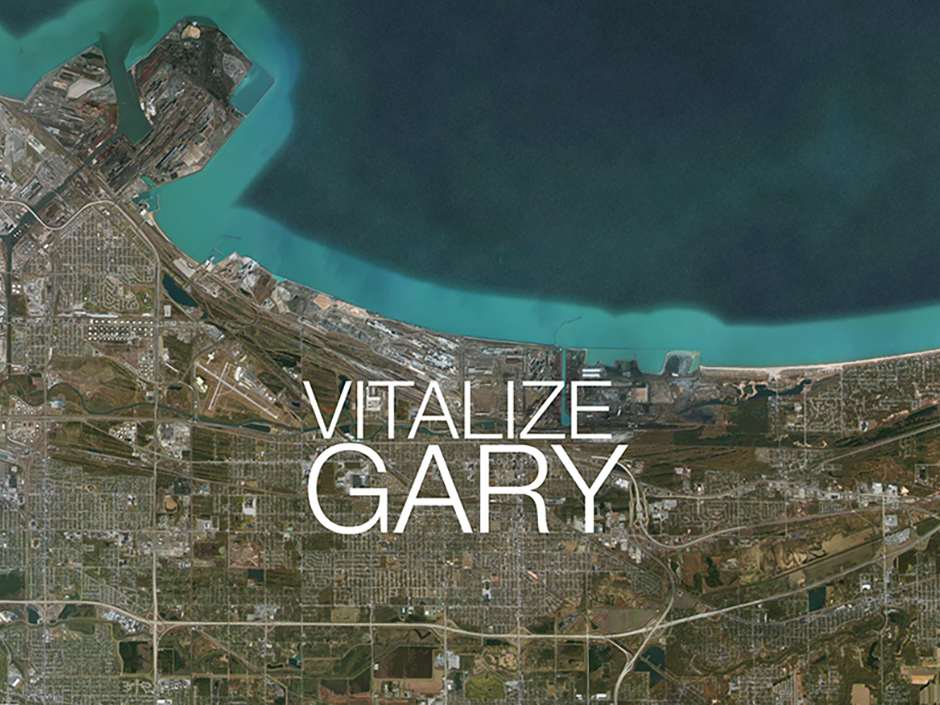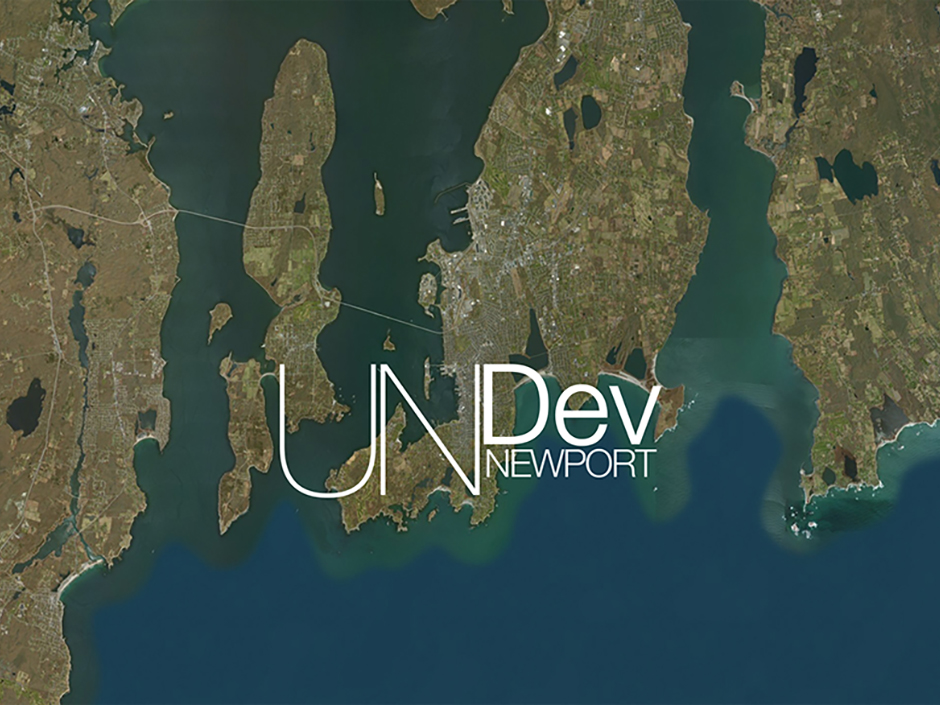FRANCESA
RANCESWR
ANCESWHT
NCESWHIE
CESWHITT
ESWHITEA
SWHITEHL
WHITEHE
HITEHEA
ITEHEAD
TWHEADF
EHEADFR
HEADFRA
EADFRAN
ADFRANC
DFRANCE
DATE
2015 - ongoing
Sites:
Gary, IN, USA
Newport, RI, USA
PARTNERS + COLLABORATORS
Gary Natural Area Project (G-NAP)
Morton Arboretum, Chicago Illinois
Chicago Regional Tree Initiative
Assistant Professor Austin Becker
Senior Research Fellow
University of Rhode Island Coastal Institute
Tony Fry
Principal
Studio at the Edge of the World
Tasmania, Australia
UN-DEVELOPMENT
How do we VITALIZE land we have developed but not "Un-Developed"?
How do we learn to "reboot" the soil?
How do we re-vegetate the landscape?
How do we get out as seamlessly as we got in?
This is the task ahead for developed nations worldwide.
Un-Development and Vitalization are key to the post-industrial city and also to coastal regions experiencing sea level rise. Many kinds of volatile conditions are likely to radically change habitation and land use in the immediate future. On coastal Rhode Island, sea level rise will likely unsettle some of the oldest cities on the North American coast, such as Newport and Port Judith. These conditions resemble the situatio with coastal communities worldwide.
In the upper midwest, the development logic of industry has given way to abandonment as population in the shifts to other regions, such as Arizona and the southwest.However, carrying capacity of the Great Lakes Basin is enormous and increasing underutilized. It holds a huge percentage of the US fresh water, arable land and infrastructure. As fossil water diminishes in supply and temperatures climb in the west and southwest, we can expect eco-migration back into the Great Lakes cities of Chicago, Gary, Cleveland, Detroit and Buffalo, probably within the next 100 years.
Herein lies the design and policy challenge: how to imagine changing landscapes as they evolve in contradictory ways in different time frames and negotiate competing logics. In the short term, immediate issues require immediate programmatic assistance. In the medium term of say 25-50 years, countless industrial and residential artifacts must be assessed, salvaged, moved, removed, and/or remediated, regardless of whether a small urban footprint remains. Over a 50-100 year timeframe, a bio-regional land use plan not driven by current administrative structures must evolve. It must assess a returning population fleeing drought and water shortage, and balance those needs with the habitat, water, and green infrastructure resources present in the Great Lakes Basin and coastal regions alike. This must be an integrated policy effort that links local, state, regional, national, and international thinking across borders, through the logic of watersheds and food production. It must be dynamic as the timeframes for this work are uncertain. The capacity to contend with this durational complexity and the imagination to envision possibility within this temporal matrix is the challenge before us in urban, vitalizing areas like it, worldwide.

